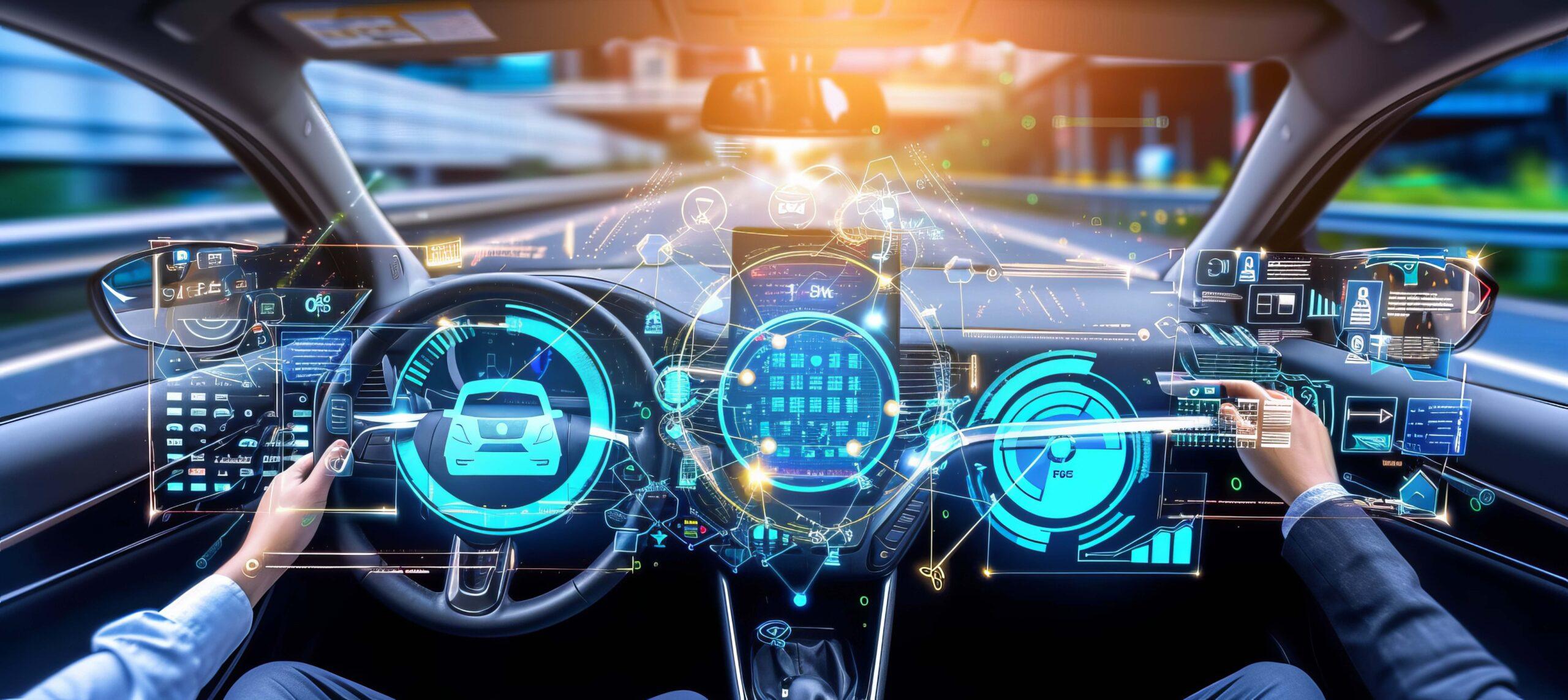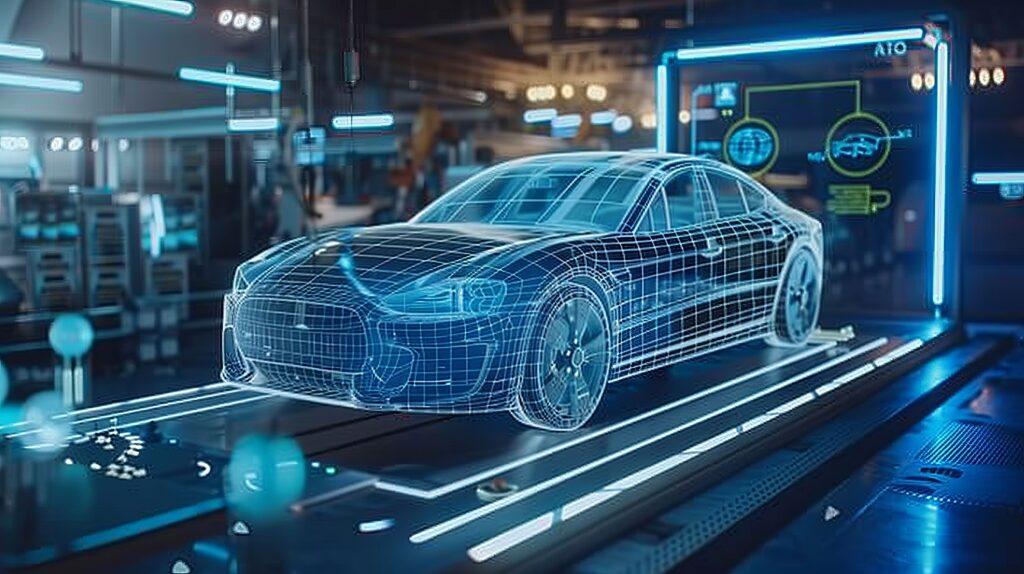The automotive industry is undergoing a profound transformation, largely driven by the use of Artificial Intelligence (AI). From the development of new vehicle models to advanced driver assistance systems, AI is revolutionizing how cars are designed, built, and utilized. In this article, we explore how AI is changing modern vehicle development and the benefits that arise from it.
AI in Vehicle Development: From Design to Production
Artificial Intelligence plays a crucial role in the earliest stages of vehicle development. Design processes that once required significant time and human effort are now accelerated and optimized through AI-powered systems. With the help of algorithms and machine learning, engineers and designers can now create vehicles that are not only aesthetically pleasing but also functional and efficient. One example is the use of AI to optimize the aerodynamics of vehicles.
By analyzing billions of data points from previous models and simulations, AI can suggest solutions to minimize air resistance and reduce fuel consumption.
Similarly, AI-driven quality control is increasingly used in production, where sensors, such as a vacuum sensor, can detect errors early and propose corrective measures.
Autonomous Driving: AI as the Foundation for Self-Driving Cars
One of the most fascinating applications of AI in the automotive industry is autonomous driving. Self-driving cars, capable of safely navigating without human intervention, are no longer just a futuristic concept but a reality. These vehicles are equipped with a variety of sensors, including cameras, radar, and Lidar, that continuously collect data about the surroundings.
The true intelligence of these systems lies in processing this data. AI algorithms analyze the collected information in real-time and make split-second decisions about the vehicle’s next actions. Whether it’s detecting pedestrians, reacting to suddenly appearing obstacles, or adhering to traffic regulations, AI ensures the vehicle navigates safely and reliably through complex traffic situations. In certain cases, a vacuum sensor can be used to monitor the vehicle’s internal pressure or other critical parameters to ensure the system’s performance.

Driver Assistance Systems: Safety and Comfort Thanks to AI
In addition to autonomous driving, AI-powered driver assistance systems significantly enhance the safety and comfort of modern vehicles. Systems like lane-keeping assistance, adaptive cruise control, or automatic emergency braking are based on advanced AI technologies that continuously monitor driving behavior and can intervene in critical moments.
An example of AI usage in driver assistance systems is predictive braking. Here, AI analyzes data from sensors and cameras to detect potential hazards early. If necessary, the system can automatically initiate braking to prevent a collision. Additionally, AI-powered systems also improve driving comfort by adjusting the vehicle to traffic conditions or supporting the driver over long distances.
Connected Vehicles: AI as the Engine of Digitalization
Digitalization has significantly transformed the automotive industry in recent years, and AI is a key component of this development. Connected vehicles, which communicate with other vehicles, traffic infrastructures, and the driver via the Internet, are a central element of so-called “Smart Mobility.”
AI enables these vehicles not only to exchange information but also to make independent decisions.
For instance, connected cars can avoid traffic jams by analyzing real-time traffic data and adjusting their route accordingly. Moreover, connectivity contributes to improved traffic safety by informing vehicles of potential hazards. In combination with a vacuum sensor integrated into certain vehicle components, AI can also monitor vehicle performance in real-time and make necessary adjustments.
AI and Sustainability: A Green Future for the Automotive Industry
In addition to improving safety and efficiency, AI also plays a crucial role in promoting sustainability in the automotive industry. By using AI, vehicle developers can design more environmentally friendly powertrains, reduce material consumption, and optimize the entire production process.
An example is the development of electric vehicles, where AI plays a key role. It not only helps optimize battery performance but also intelligently manages charging cycles to maximize battery life. Furthermore, AI enables more precise and efficient use of resources, contributing to the reduction of the carbon footprint in automotive production. The integration of artificial intelligence with technologies like the vacuum sensor demonstrates the potential for real-time monitoring and optimization of vehicle performance, driving the automotive industry toward a future with smarter, safer, and more efficient vehicles.
Picture Credits:
CYBERUSS – stock.adobe.com // Ilja – stock.adobe.com

